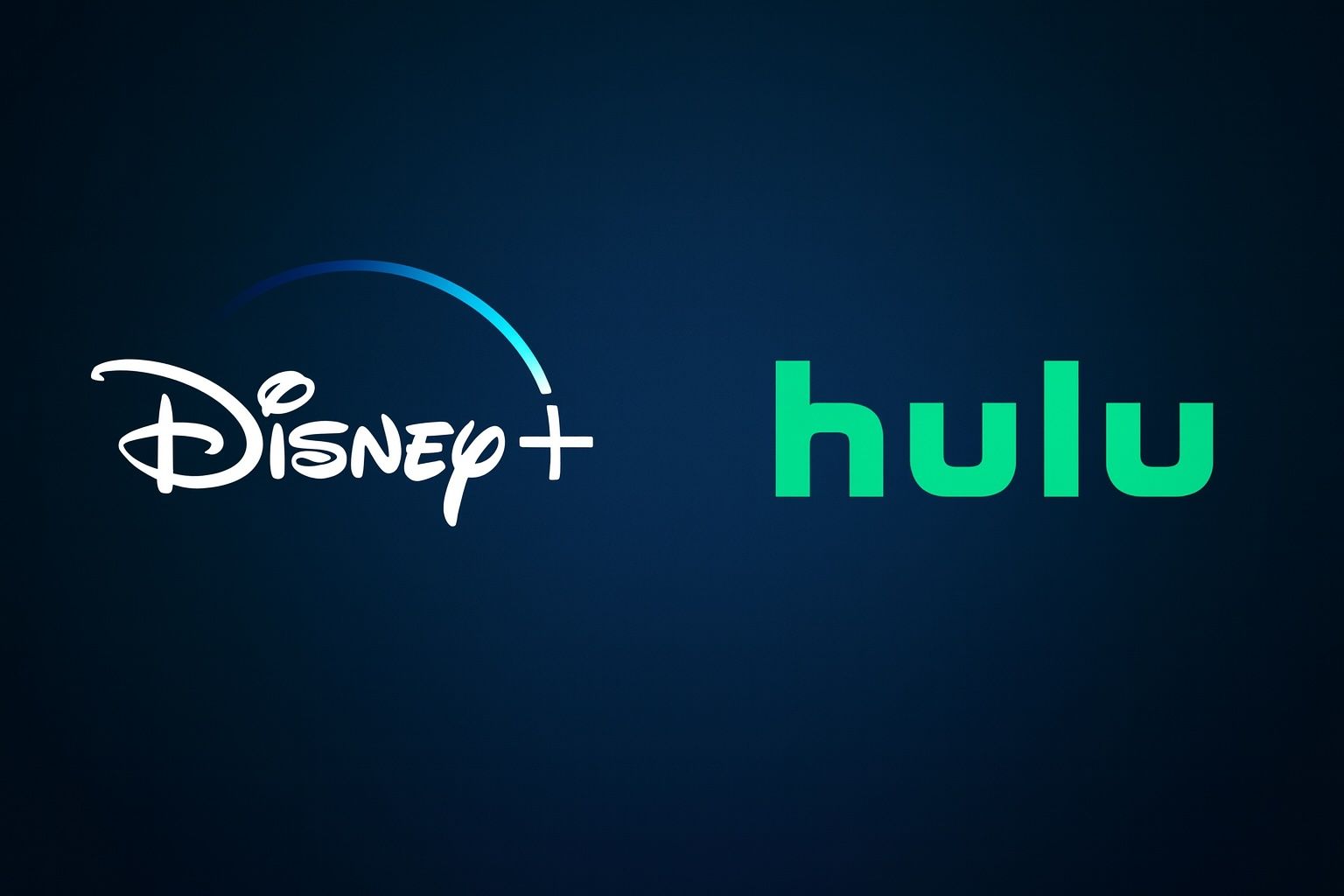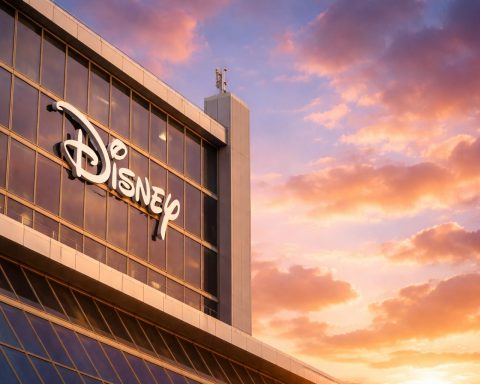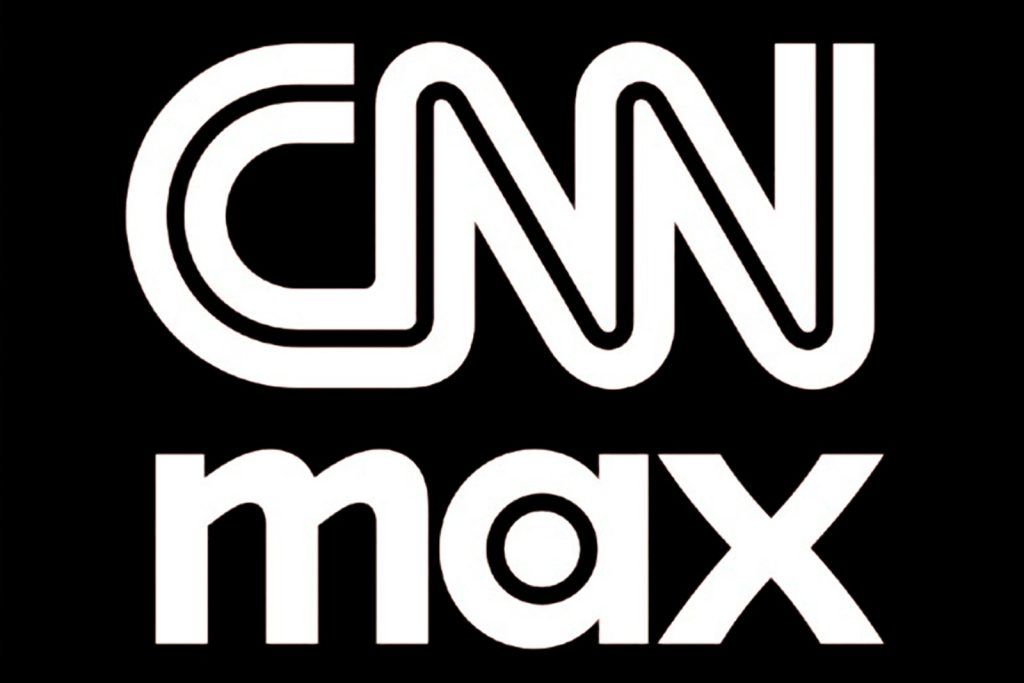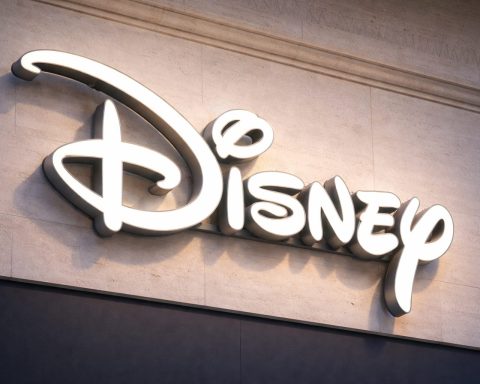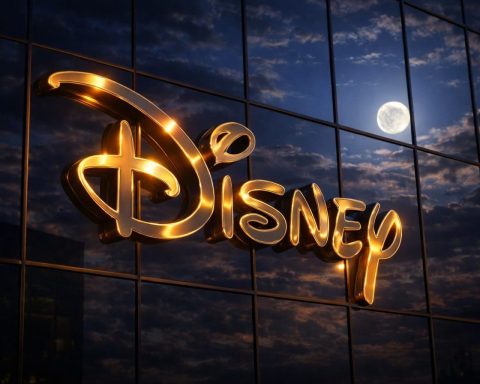- Global switch begins 8 Oct 2025. Disney is rebranding the general‑entertainment tile in Disney+ outside the U.S. by replacing the Star hub with a new Hulu tile. The change starts on 8 Oct 2025 and signals Hulu’s transformation into Disney’s global general‑entertainment brand [1]. Existing Star content such as Only Murders in the Building and Grey’s Anatomy will remain accessible under the Hulu tile [2].
- Unified “super app” coming in 2026. Disney plans to launch a fully integrated streaming experience in 2026 that will combine Disney+, Hulu and ESPN into a single service. The stand‑alone Hulu app in the U.S. will continue through at least 2026, but executives have made it clear that a complete integration and potential retirement of the app is on the horizon [3] [4].
- New interface and features. The upcoming Disney+ redesign includes a navigation bar with tabs for Disney+, Hulu and ESPN and a personalised “For You” page, more visible profile icons and new tags that highlight new or recommended programmes [5]. A Live Hub for news and sports and vertical video previews aim to make the service feel more dynamic [6].
- Price hikes accompany integration. Starting 21 Oct 2025, Disney will increase the ad‑supported Disney+ plan from $9.99 to $11.99 per month and the ad‑free tier to $18.99 [7]. Hulu’s ad‑supported plan will also rise to $11.99 [8]. Bundles combining Disney+, Hulu and ESPN will see increases, and Hulu + Live TV is climbing to around $90 [9].
- Rationale: cost savings and better retention. Analysts say consolidating Disney’s streaming services could save billions by eliminating duplicate technology and administration [10] and by cutting customer‑acquisition costs by up to 30%, boosting retention [11]. CEO Bob Iger and CFO Hugh Johnston argue that pairing Disney’s blockbuster brands with Hulu’s adult‑oriented content and ESPN’s sports will create an “impressive package of entertainment” and improve profitability [12].
- What happens to the Hulu brand? Opinions differ. Some analysts believe Disney will eventually retire the Hulu name, arguing that multiple brands lead to marketing confusion [13]. Others say Hulu remains essential because it helps sell Disney’s bundles and has strong brand recognition, particularly for adult dramas and comedies [14].
Introduction
In a move that could reshape the global streaming landscape, Disney has begun dismantling its 20‑year‑old Hulu platform and folding it into its flagship Disney+ service. Beginning 8 October 2025 in markets outside the United States, Disney will rebrand the Star tile in Disney+ as Hulu, turning the once U.S.-only service into the company’s global general‑entertainment brand [15]. This change marks the latest step in a strategy to consolidate Disney’s sprawling streaming empire—Disney+, Hulu and ESPN—into one unified “super app” by 2026. The integration promises personalized recommendations, live sports hubs and dynamic navigation but also ushers in significant price increases and raises questions about the future of the Hulu brand.
Hulu’s Journey: From U.S. Start‑up to Global Brand
Hulu launched in 2007 as a joint venture between NBCUniversal (Comcast), News Corp and later Disney. Over nearly two decades it became a home for adult‑oriented series such as The Handmaid’s Tale, Normal People and Only Murders in the Building. In 2019, after Disney acquired Fox, the company gained majority control of Hulu, and in June 2025 it completed a $8.6 billion deal to buy out Comcast’s remaining one‑third stake [16]. This purchase paved the way for full integration.
Internationally, Disney+ already offered general‑entertainment content under the Star banner. However, executives found that “Star” lacked brand recognition. Variety notes that Disney decided to leverage Hulu’s “15+ years of brand equity” to unify its marketing and product experience globally [17]. Starting 8 Oct 2025, Disney+ subscribers in Europe, the Middle East, Africa and parts of Asia will see the Star tile replaced with Hulu [18]. For U.S. users, a Hulu on Disney+ hub launched in late 2023 as part of a soft integration; the full stand‑alone Hulu app will remain for at least another year [19] but is expected to sunset once the super app arrives in 2026 [20].
Features of the New Disney+ Experience
Disney is pitching the integration as more than a rebranding. Customers will encounter a revamped user interface with separate tabs for Disney+, Hulu and ESPN, a new For You page that uses algorithms to tailor suggestions, and personalized profiles that bubble up programming based on past viewing [21]. The home screen will feature tags like “New Episode” or “Recommended For You,” and vertical video previews reminiscent of TikTok. A Live Hub will allow subscribers to jump into news and sports broadcasts without leaving Disney+ [22].
Hugh Johnston, Disney’s chief financial officer, said on an earnings call that deeper integration “will create an impressive package of entertainment” by pairing family‑friendly Disney content with Hulu’s general‑entertainment hits and ESPN’s live sports [23]. Bob Iger noted that bundling the brands would allow Disney to market and promote content under one umbrella, improving discovery and engagement [24]. While the first phase focuses on the U.S. and EMEA, the new interface will roll out globally with localized content and language options.
Price Hikes and Bundling Strategies
Alongside the integration, Disney is raising prices. According to Reuters, starting 21 October 2025 the ad‑supported Disney+ plan will jump from $9.99 to $11.99, and the ad‑free tier will rise from $15.99 to $18.99 [25]. Hulu’s ad‑supported plan will also cost $11.99 [26], while Hulu + Live TV will increase to around $90 per month [27]. ESPN Select, the streaming-only version of the sports network, is set to rise to $12.99 [28].
Disney will continue pushing its Trio Bundle, which combines Disney+, Hulu and ESPN for a discounted rate. The company has been steering subscribers toward the bundle by offering cross‑promotions and by gradually consolidating advertising technology across its services. Business Insider reported that Disney is merging Hulu and Disney+ ad servers and discouraging advertisers from buying Hulu‑only spots, a sign that the company views Hulu primarily as part of a unified service [29]. This bundling is critical: analysts estimate that Disney can reduce customer‑acquisition costs by up to 30% and boost retention when subscribers have multiple services [30].
Why Disney Is Doing This: Financial and Strategic Motives
Streaming has been a money‑losing venture for many media companies, and Disney is under pressure to reach profitability. During its fiscal third quarter of 2025 the company added 1.8 million Disney+ subscribers and 800 000 Hulu subscribers and posted $346 million in streaming profit, a sign that its cost‑cutting efforts are working. Analysts say unifying the apps could save at least $3 billion by eliminating duplicate technology platforms, marketing teams and back‑office functions [31].
In a note summarizing the financial impact, Nasdaq wrote that combining Disney’s services will lower churn, enhance cross‑selling and generate “stronger revenue growth and sustainable entertainment margins,” projecting that the combined subscriber base could reach 185.4 million by the end of 2026 [32]. The integration also broadens advertising opportunities because Hulu’s ad inventory (with its targeted, programmatic platform) can now be sold alongside ESPN’s sports inventory and Disney+’s growing ad tier [33].
At a strategic level, the integration is a response to stiff competition from Netflix and Warner Bros. Discovery’s Max. Consolidation also simplifies user experience—no more toggling between separate apps—and allows Disney to cross‑promote content. The company’s purchase of Hulu’s remaining stake from Comcast and the planned spin‑off of ESPN into a partly standalone company further indicate Disney’s pivot toward focusing on scalable, profitable streaming franchises rather than managing multiple brand identities.
Debating the Future of the Hulu Brand
Not everyone agrees on how long the Hulu name will survive. A debate published by research firm Luminate reflects competing views. Analyst Andrew Wallenstein argued that Disney should eventually retire Hulu because juggling multiple brands creates marketing confusion. He pointed out that previous hybrid branding like “FX on Hulu” muddled messaging and predicted the brand might fade once the super‑app arrives [34]. Wallenstein expects Disney to emphasise a singular Disney+ brand internationally to avoid cannibalizing its own service.
Conversely, fellow analyst Tyler Aquilina countered that Hulu is too valuable to discard. He noted that Hulu had 55.5 million U.S. subscribers as of mid‑2025 and that 33 million customers were on the Disney Bundle [35]. Aquilina argued that Hulu’s adult‑oriented identity complements Disney’s family‑friendly image and will remain essential in marketing the bundle. Disney, he said, cannot “pull off a Netflix‑sized subscription business if it ditches Hulu” because the brand is a proven driver of subscriber loyalty and high‑margin advertising [36].
Inside Disney, there are signs that Hulu may not be a long‑term priority. Business Insider reported that employees on the ad‑sales side believe the Hulu brand has become a lower priority as the company merges advertising infrastructure and encourages advertisers to buy across the unified Disney+ platform [37]. Some analysts have speculated that, once the 2026 integration is complete, Disney could quietly fold the Hulu brand into Disney+ while retaining it as a branded tile for recognition.
Consumer Concerns and Challenges
The integration isn’t without challenges. Hulu built its reputation on edgy adult dramas and comedies, which exist alongside Disney’s family content. Some parents worry that merging the services could expose children to mature programming. To address this, Disney will implement robust parental controls and maintain profile‑level content filters, similar to Netflix and Amazon.
There is also risk in raising prices during a cost‑of‑living crisis. Disney hopes the expanded catalog and slicker app will justify price hikes, but some subscribers may cancel if they perceive the value proposition to shrink. To counter churn, Disney is expanding its ad‑supported tiers and offering limited-time promotions, such as discounted bundles for new subscribers. Analysts caution that while bundling reduces churn, it can obscure how individual services perform and may mask underlying attrition.
Impact on the Streaming Landscape
Disney’s move to integrate Hulu and ESPN into Disney+ reflects a broader industry trend toward consolidation. Warner Bros. Discovery merged HBO Max and Discovery+ into Max; Paramount Global combined its linear networks’ content into Paramount+; and Comcast’s Peacock integrates NBC, Bravo and WWE. These moves seek to simplify consumer choices and leverage cross‑promotional marketing. However, consolidation can reduce competition and limit diversity of programming choices. Regulators around the world are monitoring the streaming wars for antitrust implications.
For Disney, success hinges on execution. If the new Hulu tile offers a seamless, personalised experience and ESPN’s sports hub drives engagement, Disney could emerge with a true “super app” that competes head‑to‑head with Netflix in both scale and profitability. If the integration feels forced or confusing, it could alienate loyal Hulu fans and erode trust.
Conclusion: What to Expect in 2025–2026
The 2025–26 integration of Hulu into Disney+ marks a turning point for the Walt Disney Company’s streaming ambitions. Starting 8 October 2025, international Disney+ subscribers will see the Star tile vanish in favor of Hulu [38] [39], while U.S. users will experience deeper Hulu integration within Disney+ before the stand‑alone app is phased out in 2026 [40]. This transformation comes with a redesigned interface, improved recommendations and a Live Hub for sports, but also notable price hikes [41].
At its core, Disney’s strategy aims to unify its streaming ecosystem, reduce costs and build a global brand that can compete with Netflix. Analysts are split on whether the Hulu name will endure—some see it as vital to the Disney Bundle’s value, while others predict it will fade after the super app launches [42]. Regardless, the integration underscores how streaming giants are reconfiguring themselves in the face of economic pressure, subscriber fatigue and fierce competition.
As 2026 approaches, consumers can expect a more cohesive Disney streaming service with a vast catalog of family and adult entertainment, live sports and news—all available through a single app. Whether this new model offers enough value to justify higher prices will determine if Disney’s gamble pays off.
In summary, Disney is orchestrating a major rebrand by replacing the Star tile with Hulu across international Disney+ platforms starting October 8, 2025, effectively transforming Hulu into its global general-entertainment brand [43]. The company plans to roll out a unified “super app” in 2026 that combines Disney+, Hulu and ESPN, ending the standalone Hulu app in the U.S. and offering a streamlined user experience complete with a personalized “For You” tab, live sports hub and dynamic navigation [44]. This integration is accompanied by significant price hikes across Disney’s streaming tiers, with the ad-supported Disney+ plan rising to $11.99 and the ad-free option reaching $18.99 [45].
The report notes that Disney’s consolidation strategy aims to cut costs, reduce churn, and enhance profitability, with analysts estimating potential savings of several billion dollars and projecting a combined subscriber base of 185.4 million by the end of 2026 [46]. Analysts, however, disagree on the future of the Hulu brand: some believe it could eventually be retired to simplify marketing, while others insist that Hulu’s identity is critical to the success of Disney’s bundled offering [47]. As Disney raises prices and seeks to “Netflix-ify” its streaming business, the company must carefully balance consumer value perception with its ambition to become a leading streaming superpower [48].
References
1. variety.com, 2. deadline.com, 3. variety.com, 4. deadline.com, 5. economictimes.indiatimes.com, 6. variety.com, 7. www.reuters.com, 8. variety.com, 9. www.hindustantimes.com, 10. www.businessinsider.com, 11. www.nasdaq.com, 12. cordcuttersnews.com, 13. luminatedata.com, 14. luminatedata.com, 15. variety.com, 16. www.darkhorizons.com, 17. variety.com, 18. deadline.com, 19. deadline.com, 20. variety.com, 21. economictimes.indiatimes.com, 22. variety.com, 23. cordcuttersnews.com, 24. variety.com, 25. www.reuters.com, 26. variety.com, 27. www.hindustantimes.com, 28. www.hindustantimes.com, 29. www.businessinsider.com, 30. www.nasdaq.com, 31. www.businessinsider.com, 32. www.nasdaq.com, 33. www.businessinsider.com, 34. luminatedata.com, 35. luminatedata.com, 36. luminatedata.com, 37. www.businessinsider.com, 38. variety.com, 39. deadline.com, 40. variety.com, 41. www.reuters.com, 42. luminatedata.com, 43. variety.com, 44. variety.com, 45. www.reuters.com, 46. www.nasdaq.com, 47. luminatedata.com, 48. www.businessinsider.com
